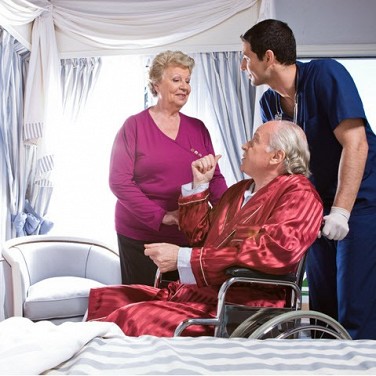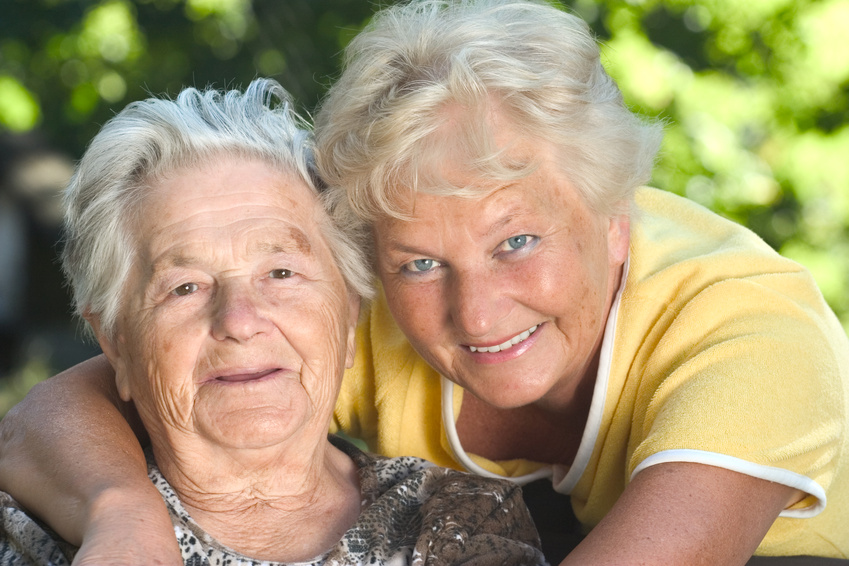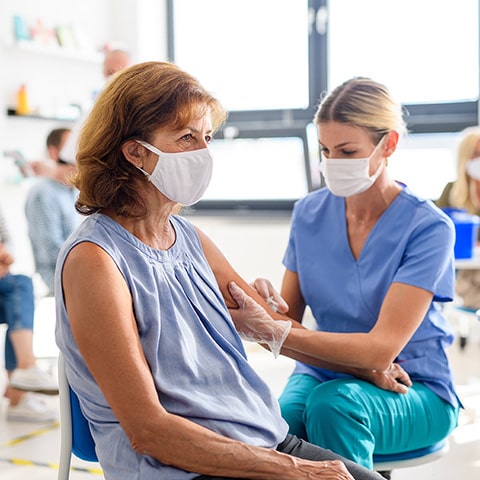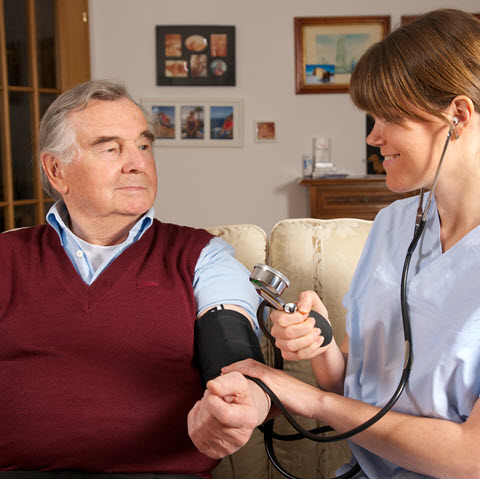
In Australia, the aging population has led to a growing number of seniors residing in aged care facilities. As heart disease remains a leading cause of death among older Australians, it is crucial that these facilities are equipped to handle cardiac emergencies effectively. One of the most critical factors in this preparedness is the role of nursing staff. Nurses in senior residences are trained to manage cardiac emergencies, including the use of defibrillators and the coordination with emergency services. In this article, we will explore how nursing personnel are integral to ensuring the health and safety of senior residents during these life-threatening situations.
The role of nurses in managing cardiac emergencies
Nurses are the frontline responders in aged care facilities when a cardiac emergency occurs. Their training, quick response, and ability to use life-saving equipment such as automated external defibrillators (AEDs) make them essential in reducing the time between the onset of a heart attack and the initiation of treatment.
1. Comprehensive CPR and defibrillator training
Cardiopulmonary resuscitation (CPR) and defibrillator use are the cornerstones of immediate intervention in a cardiac arrest. Nurses in senior residences receive extensive training in both areas, ensuring they can act swiftly and efficiently when an emergency arises.
CPR training: All nurses in aged care facilities are trained in CPR, which is critical for maintaining circulation and oxygen flow during a cardiac arrest. By performing chest compressions and rescue breaths, nurses can keep the resident stable until more advanced medical help arrives.
Defibrillator use: Most aged care facilities are equipped with AEDs, and nurses are trained to operate these devices. AEDs deliver an electric shock to the heart to restore its normal rhythm in cases of sudden cardiac arrest (SCA). Time is of the essence, and the ability to use an AED immediately significantly increases the chances of survival. In fact, survival rates drop by 7-10% for every minute that defibrillation is delayed, highlighting the importance of having trained staff on hand.
2. Rapid assessment and stabilisation
During a cardiac emergency, quick decision-making is vital. Nurses are trained to assess the situation rapidly and determine the most appropriate course of action.
Symptom recognition: Nurses are skilled at identifying the early signs of a heart attack or cardiac arrest, such as chest pain, shortness of breath, dizziness, or a sudden loss of consciousness. Recognising these symptoms allows for immediate intervention.
Initial stabilisation: In addition to CPR and defibrillator use, nurses may also be responsible for administering medications such as nitroglycerin or aspirin, which can help stabilise the resident while waiting for emergency services to arrive.
3. Coordination with Emergency Medical Services (EMS)
While nurses are trained to provide immediate care during cardiac emergencies, they also play a crucial role in coordinating with emergency medical services (EMS). Their ability to communicate clearly and quickly with paramedics ensures a smooth transition from on-site care to hospital treatment.
Contacting EMS: As soon as a cardiac emergency is identified, nursing staff will call 000, the emergency number in Australia, to dispatch paramedics. Nurses will provide detailed information about the resident's condition, including any ongoing medical interventions and relevant health history.
Handing Over to Paramedics: When EMS arrives, nurses are responsible for briefing paramedics on the situation. This includes the steps already taken, the resident’s response to treatment, and any underlying health conditions. Effective handover ensures that the resident receives continuous, high-quality care from the time of the emergency until they reach the hospital.
4. Post-emergency care and emotional support
Once the immediate cardiac emergency has been addressed, nurses continue to play a vital role in post-emergency care and providing emotional support to both the resident and their family members.
Monitoring recovery: After a cardiac event, residents require close monitoring to ensure that they are stable and recovering. Nurses track vital signs, administer medications, and assist with any further medical needs to aid recovery.
Emotional support: Experiencing a cardiac emergency can be traumatic for both the resident and their loved ones. Nurses offer emotional support, explaining what happened and what to expect in the coming days. For families, having a compassionate, knowledgeable professional available during such a stressful time is invaluable.
The importance of regular training and drills
Cardiac emergencies require quick, decisive action, and the ability to respond effectively depends on regular training and emergency drills. Nursing homes across Australia ensure that staff participate in routine CPR and AED training to keep their skills sharp.
Annual certification: Nurses are required to undergo annual CPR and defibrillator certification to stay up to date with the latest protocols and techniques. This ensures that they are always ready to respond in an emergency.
Emergency drills: Many aged care facilities conduct emergency response drills to simulate cardiac emergencies. These drills help staff practice their roles, refine their response times, and ensure that all protocols are followed smoothly in real-life situations.
Nursing homes partnering with local hospitals
Many aged care facilities form partnerships with local hospitals to ensure that residents receive the best possible care in the event of a cardiac emergency. These partnerships help streamline the process of transferring patients to the hospital and provide a seamless continuum of care.
Pre-Arranged Protocols: Nursing homes often have pre-arranged protocols with nearby hospitals to fast-track emergency admissions for residents with known heart conditions. This reduces delays in treatment and ensures that the hospital is prepared to receive the resident as soon as they arrive.
Shared Medical Records: Through partnerships, nursing homes can ensure that residents' medical records are shared with the hospital. This includes details about ongoing medications, previous heart conditions, and other health issues, allowing the hospital to make informed decisions quickly.
Nurses in aged care facilities across Australia play a crucial role in managing cardiac emergencies, from immediate intervention with CPR and defibrillators to coordinating with emergency services and providing post-emergency care. Their training, quick response, and commitment to the health and safety of senior residents are vital for saving lives.
For families choosing a nursing home, it's important to consider the facility’s preparedness for cardiac emergencies. Ensuring that the nursing staff is well-trained and that the residence has access to emergency medical services can provide peace of mind, knowing that loved ones will receive the highest level of care in a critical situation.
Nursing Home Plus is here to help you choose a care home or facility best suited to your needs. Do not hesitate to contact us on the following number: 0230 608 0055 or fill out this form.
Share this article :
Latest posts
You are looking for an establishment for your loved one ?
Get availability & prices
Fill in this form and receive
all the essential information
We would like to inform you of the existence of the opposition list for telephone canvassing.




.jpg)



